21 Reasons Why Wine Is Better Than Beer
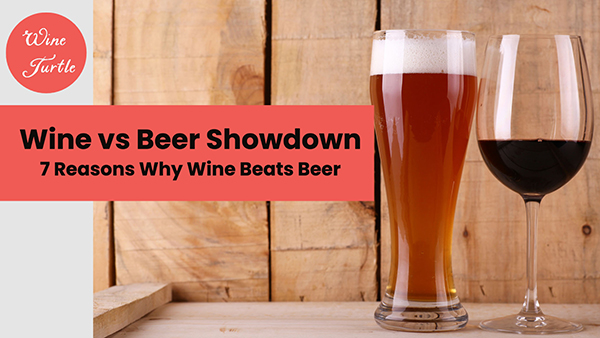
In the grand debate of wine versus beer, it's time to raise a glass to the former.
Wine, with its rich history, diverse flavors, and undeniable elegance, has a certain je ne sais quoi that beer just struggles to match.
Am I biased?
Oh heck yes, but I do enjoy drinking beer and I plan on backing up my point of view with compelling reasons and evidence. There's also one category I've included below where beer triumphs over wine without question.
So let's find out why wine, in its delightful complexity, stands a pour above beer in the battle of these titanic alcoholic beverages.
Is Wine Healthier than Beer? Yes. Well, Kind of...
Let me add one huge disclaimer here before I get into trouble! Neither of these alcoholic drinks is healthy (and none are). Alcohol should always be consumed with care and in moderation (in line with government guidelines).
The first reason is a big one and it's a debatable one too. So let me explain myself...
Wine contains something called resveratrol which is a naturally occurring compound found in grape skins, seeds, and stems. It's found in much higher concentrations in red wine than in white wine because the grape skins, seeds, and stems are immediately removed when making white wine.
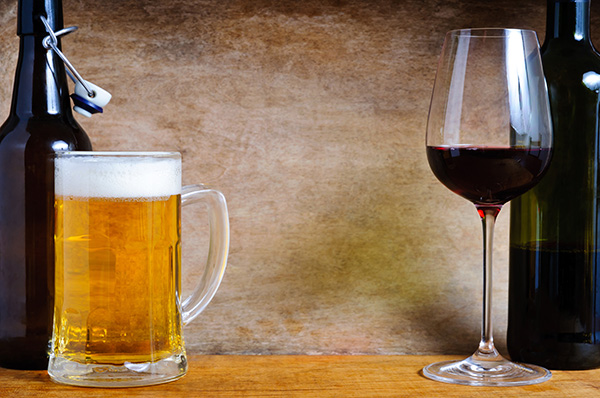
Resveratrol is a hot topic of discussion in the medical world. It is the basis of numerous scientific studies investigating the hypotheses that it is anti-inflammatory, antimicrobial, anticancer, antioxidant, cardioprotective and neuroprotective. That's quite the checklist of biological properties that give resveratrol humongous potential.
And resveratrol is just one polyphenolic compound found in grape skins, stems and seeds. There are many more that are believed to have medicinal properties like resveratrol too.
Studies like these were partly inspired because of the French Paradox. How can a nation that has a diet rich in fatty butter and cheese (high cholesterol) have such low rates of heart disease (comparatively speaking)?
Some believe the answer lies in
However, there are a few big caveats to be added.
- Scientific studies into the potential health benefits of wine are ongoing and at the moment, inconclusive.
- Beer contains some polyphenols too (from the barley and hops), just in much lower concentrations and not resveratrol in particular.
- The amount of polyphenols we absorb from alcohol is likely much lower than the amount we absorb from food. So does drinking alcohol make a difference at all? Time will tell!
Fun Fact: Beer is much more nutritious than wine as it contains B vitamins, protein, fiber, niacin, folate and various trace minerals. In fact, these make it more like a food than a drink! Just don't go relying on beer for nutrition!
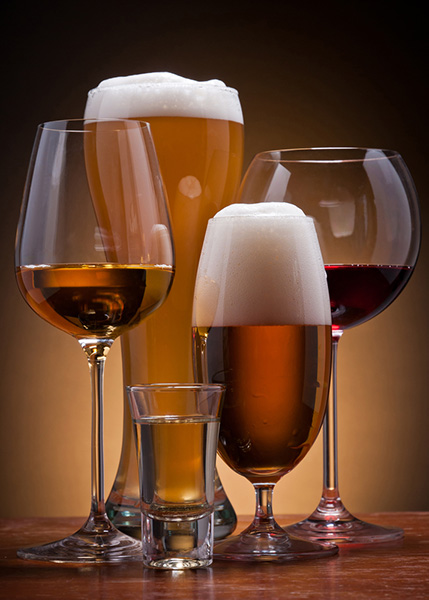
Wine is More Culturally Significant Than Beer.
Wine and beer both have rich, ancient histories. It is thought that wine dates back over 8,000 years, with the earliest evidence of a grape-based fermented drink found in what is now Georgia, dating back to 6000 B.C.
Beer is thought to be even older. According to Britannica, beer was made in Sumer and Babylonia before 6000 BCE.
The fact that they are both so ancient and they still both firmly remain part of culture means they can both be regarded as culturally significant, without question.
However, wine has played a more significant role in society and culture throughout history. Its influence spans across various domains, including religion, social practices, economy, and even art.
Wine has been a central element in religious rituals across various cultures. In ancient Greece, wine was considered a gift from the gods. Dionysus, the Greek god of wine, was celebrated with festivals and rituals, and wine was often used in libations and offerings to the gods. This practice was not limited to Greece. The Romans, too, had a god of wine, Bacchus, who was equally revered.
In Christianity, wine holds a sacred place as it represents the blood of Christ in the Eucharist. This symbolic use of wine in religious ceremonies continues to this day in many Christian denominations.
Wine has also influenced art and literature. It has been a subject of poetry, from the verses of the ancient Greek poet Homer to the sonnets of William Shakespeare. In art, wine has been a popular theme in paintings, symbolizing various things from celebration to decadence.
There are also the hugely important winemaking regions of Bordeaux in France, Tuscany in Italy, and Napa Valley in the United States (to name a few) that have economies and cultures deeply rooted in viticulture.
So, is wine better than beer when it comes to cultural significance? Yes!
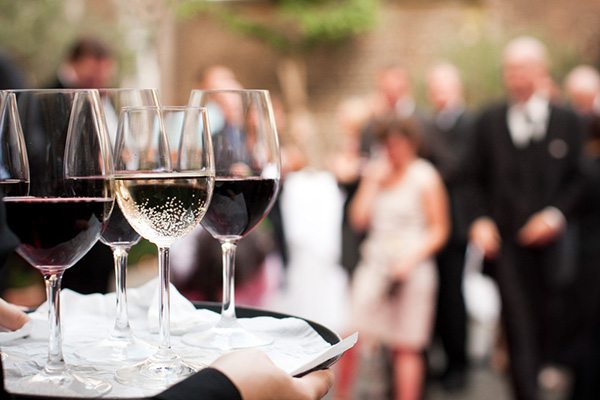
Which Pairs Best with Food, Wine or Beer?
Wine and beer, each with their unique characteristics, offer a plethora of possibilities when it comes to enhancing the dining experience.
Wine, with its diverse range of styles, from the light and crisp whites to the full-bodied and tannic reds, has traditionally been the go-to choice for food pairing.
The complexity of flavors and aromas in wine can complement or contrast the flavors in food, creating a harmonious dining experience.
A zesty Sauvignon Blanc can cut through the richness of a creamy goat cheese, while a robust Cabernet Sauvignon can stand up to a juicy steak. The acidity in wine can balance the fat in food, the tannins can soften the protein, and the sweetness can counterbalance spicy or bitter flavors.
But, beer can be a great pair for food too.
The range of styles, from the light and refreshing lagers to the dark and malty stouts, can pair well with a wide variety of foods. The carbonation in beer can cleanse the palate, the bitterness from hops can balance the sweetness in food, and the malty flavors can complement grilled or roasted dishes.
A crisp Pilsner can be a refreshing companion to a spicy curry, cutting through the heat and cleansing the palate. A rich stout can pair beautifully with a chocolate dessert, with its roasted, coffee-like flavors enhancing the sweetness of the chocolate.
But, beer can sometimes be too laid-back for its own good. Its carbonation can fill you up quickly, leaving less room for food. And while beer pairs well with a wide range of foods, it lacks the sophistication and complexity that wine can bring to a fine dining experience. There's a depth of character to certain wines that I don't believe beer can match.
Oh and did I mention wine and cheese? A match made in heaven! Is there a beer and food pairing that comes close?
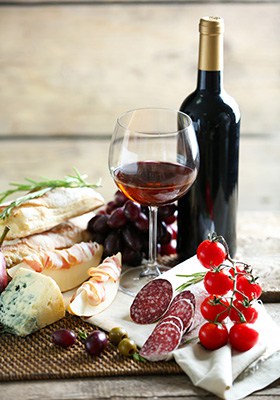
Does Wine Offer More Variety Than Beer?
Well, yes and no. I was actually surprised when I researched this one as I thought it would be a slam dunk for wine.
It's actually quite hard to make a straight comparison. I thought I could just compare the number of categories in the equivalent international competitions for each, but there are just so many different competitions that it becomes each with its own interpretation of categories that it becomes a bit of a headache.
A lot of big wine competitions these days (like Decanter's) don't even categorize the wines and only dish out scores and gold, silver and bronze medals.
Anyway, here goes.
The Great American Beer Festival Judges beers in 172 categories in all (sub-categories + distinct categories). While the Beer Judge Certification Program breaks down beer into 80 distinct styles and substyles.
The San Francisco Chronicle Wine Competition has approximately 91 categories of wine types (there are actually a lot more but I disregarded price categories and things like mead and seltzers).
The Berlin International Wine Competition has approximately 194 categories of wine (excluding those that separate price brackets)
So, there's not actually a huge difference in variety between wine and beer if you base it on distinct categories receiving judgement. Wine has more variety than beer but not by the landslide you might imagine.
However, I've used a very small sample size and basing the comparison solely on competitions doesn't tell the whole picture.
I thought about comparing the individual ingredients processes that affect the flavor and make a beer or wine unique, but that would need a whole book to explain.
So, I'll just leave this here...
Wine expert Jancis Robinson lists 1,368 different more commonly used wine grape varieties in her book Wine Grapes but there are thought to be more like 10,000 varietals of wine grape in total.
Add to this the fact that different wine grape varietals are commonly added together and blended to make wine, and you have a staggering amount of variety available. And I haven't even touched on things like how aging affects wine and the different ways wine can age, to name just a few further variables that affect the variety in wine.
In contrast, there are currently thought to be 250 catalogued varieties of hop (and even fewer hops used in brewing).
I know I'm not providing a full argument here, but I believe these statistics are fairly compelling and indicative of the answer.
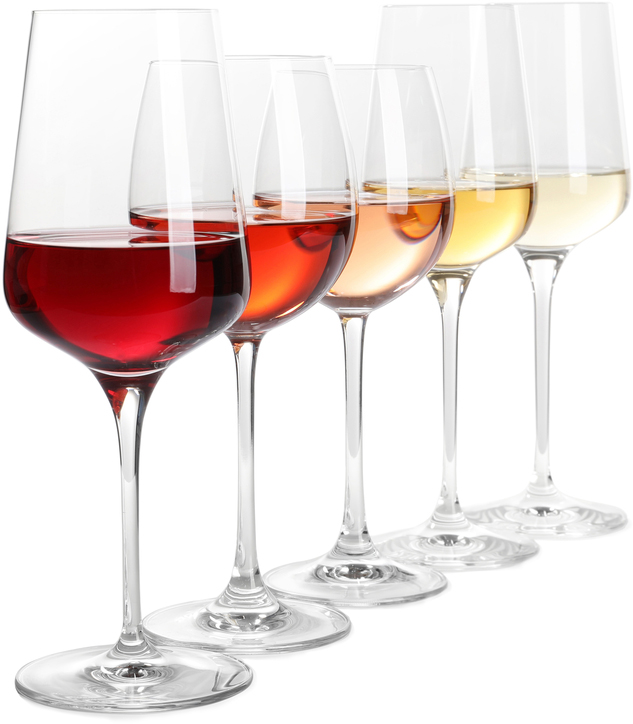
Wine Appreciates Over Time (Both in Quality and Value).
Wine aging and its improvement over time, both in terms of taste and value, is a complex process influenced by various factors.
The aging process of wine involves chemical reactions that occur over time, leading to changes in aroma, flavor, and texture.
The most notable change is the softening of tannins, which can make a wine taste smoother and more balanced.
Additionally, aged wines often develop complex secondary and tertiary flavors that are not present in young wines.
During aging, slow oxidation occurs, which can enhance the wine's complexity and balance. The wine's exposure to oxygen and the cork's ability to allow a tiny amount of air to interact with the wine are crucial factors in this process.
This slow oxidation can lead to the development of a bouquet of new flavors and aromas, enhancing the wine's complexity and making it more enjoyable to drink. Wines with a higher acidity level tend to age better, as the acidity helps preserve the wine's structure over time.
As for the value, aged wines, especially those from renowned wineries and exceptional vintages, often increase in value over time.
This is due to the limited supply of these wines and the increased demand from collectors and enthusiasts.
On the other hand, the aging process for beer is quite different.
While certain types of beer, such as some strong beers and wild beers can improve over time under the right conditions, most beers are not designed to age like wine.
In fact, most beer gets worse over time as the pleaseant flavours and aromas simply disappear.
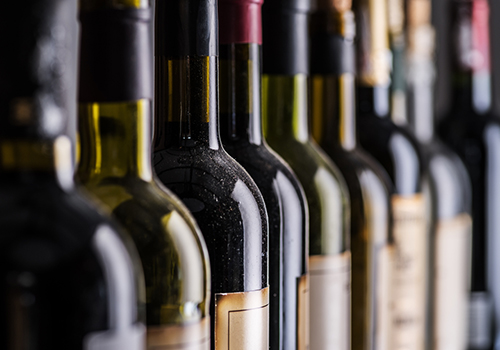
Is Wine More Calorific Than Beer?
The calorie content of alcoholic beverages contains on two main factors:
- The alcohol content (ABV)
- The sugar content
Wine, typically has a much higher ABV than beer but the serving size is much smaller so there is a trade-off to be made.
A 5-ounce serving (150ml) of a dry wine with 12% ABV will typically have around 120-125 calories, while a sweet 12% ABV wine could have around 165-170 calories.
A rich, full-bodied Cabernet Sauvignon, with a higher ABV of 15%, could contain around 130-150 calories per glass.
The most calorific wines are both strong and sweet. Examples of these are Ruby and Tawny Port which are fortified wines from Portugal. They are actually served in smaller 2-ounce servings which works out at around 100 calories per glass. Extrapolated to a regular wine serving of 5-ounces, that equals around 250 calories.
So what about beer? Is the infamous beer belly a real thing?
For beer, a standard serving is typically 12 ounces (355 ml). Your average 5% ABV beer has around 150 calories but things like Bud Light can have as little as 100. Strong beers, stouts, and porters have more like 180-200 calories per serving. Actually, a strong beer in the 9.5% region may have as many as 300 calories.
So, which is more calorific, wine or beer?
Well, as you can see it depends on the specific variety. A dry white wine is less calorific than a Guinness but a regular 5% ABV beer is likely to be less calorific than a sweeter wine.
So, is wine better for you than beer? You better read the next section for a fuller picture as I tackle sugar content.
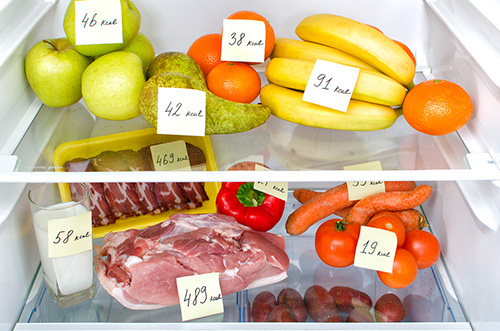
Does Wine Contain More Sugar Than Beer?
For this one, I'll need to compare the sugar in wine and beer for their standard serving sizes of 5-ounces and 12-ounces.
I'll also need to provide a variety of answers for the different varieties on offer.
Let's start with wine.
A dry wine (like Cabernet Sauvignon) typically contains less than 4 grams per liter of sugar (g/L) or 0.6 grams per 5-ounce glass.
An off dry, slightly sweet wine (like Riesling from the Mosel) contains between 4 to 12 g/L of residual sugar or 0.6 - 1.8 grams per glass.
A medium-sweet wine (like some Gewürztraminer or late harvest wines) typically has between 12 to 45 g/L of residual sugar or 1.8 - 6.6 grams per glass.
Sweet wines contain over 45 g/L of residual sugar but a Tawny or Ruby Port might have over 100g/L (this is the same as a can of coca cola).
Sparkling wines can range from less than 3 g/L to more than 50 g/L.
What about beer?
Well, actually beer is the clear winner here. Most beers have zero sugar or just trace amounts. The only exceptions are light beers which actually contain quite a lot.
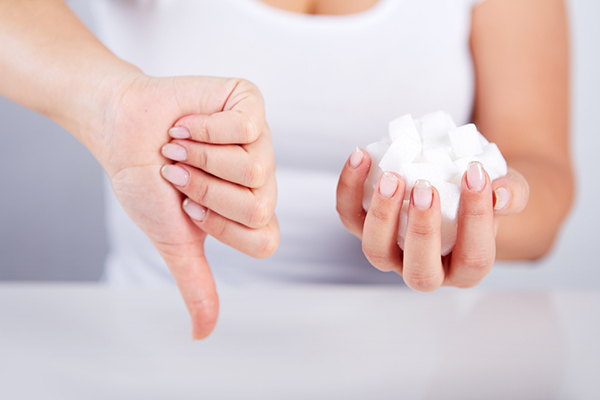
Which is Lower in Carbs, Wine or Beer?
The primary source of carbohydrates in both wine and beer is sugar, but the types and amounts of sugar can vary significantly between the two.
In wine, the carbohydrates come primarily from the sugar in the grapes used to make the wine. During the fermentation process, yeast consumes these sugars and converts them into alcohol. The remaining sugar, known as residual sugar, contributes to the carbohydrate content of wine.
Dry wines have most of their sugar fermented out and thus are lower in carbs, while sweet wines have a higher residual sugar content and thus higher carbohydrate content.
In beer, the carbohydrates come from the malted grains—usually barley—that are used in the brewing process. During brewing, these grains are steeped in hot water in a process called mashing, which breaks down the complex carbohydrates in the grains into simpler sugars.
These sugars are then fermented by yeast to produce alcohol, with the remaining sugars contributing to the beer's carbohydrate content. The type and amount of grains used, the mashing process, and the fermentation time can all affect the final carbohydrate content of the beer.
Dry wines can have as little as 1 or 2 grams of carbohydrate per five ounce glass, while a 5% ABV beer may have between 10 and 20 grams per 12 ounce glass (source).
So, there you have it, my slightly unbalanced argument for wine over beer.
What's your opinion? Let's get a debate started in the comments section!

When I drink beer in excess, I sometimes feel some sort of, well, drunkenness, and maybe a little more aggressive.
When I drink wine, I feel creative, and want to give the world a hug.
And with food pairings – beer with pizza and peanuts. With wine, infinite possibilities.
Fantastic article!
Thank you.